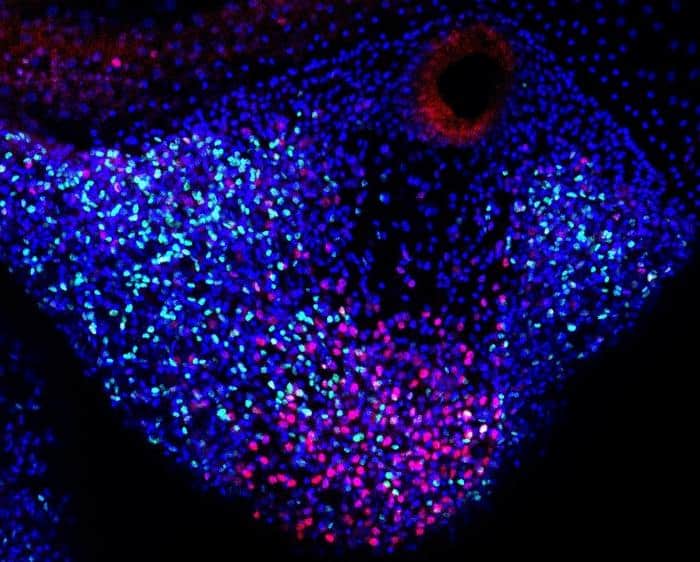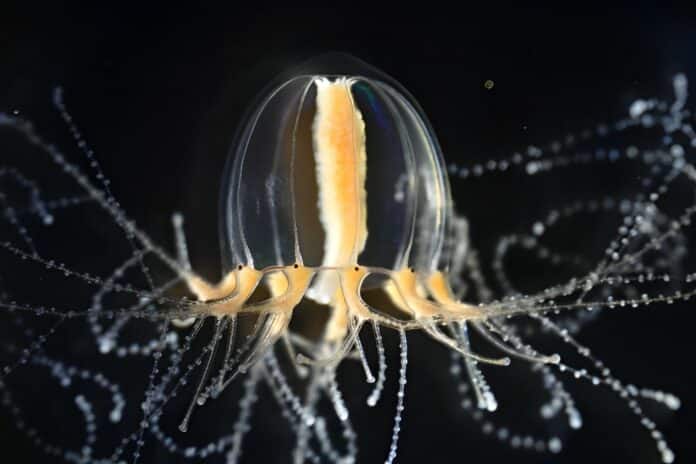Jellyfish species Cladonema have the astounding ability to regenerate a lost tentacle in just two to three days, according to a study published in the scientific journal PLOS Biology.
The regeneration of functional tissue after injury is a common phenomenon in many species, including salamanders and insects. This process is made possible by forming a blastema, a cluster of undifferentiated cells that can grow and develop into the missing appendage. However, the formation of the critical blastema in jellyfish and other cnidarians has been a mystery until now.
A research team based in Japan has discovered that stem-like proliferative cells appear at the site of injury in jellyfish and help to form the blastema. These cells are actively growing and dividing but have not yet differentiated into specific cell types. The study highlights the differences in blastema formation among different animal groups.
“Given that repair-specific proliferative cells are analogues to the restricted stem cells in bilaterian salamander limbs, we can surmise that blastema formation by repair-specific proliferative cells is a common feature independently acquired for complex organ and appendage regeneration during animal evolution,” explained first author Sosuke Fujita, a postdoctoral researcher at the University of Tokyo.
The findings provide insight into how researchers understand the regeneration of complex organs and appendages during animal evolution. The study may also help identify cellular and molecular components that improve humans’ regenerative abilities.

“Ultimately, understanding blastema formation mechanisms in regenerative animals, including jellyfish, may help us identify cellular and molecular components that improve our own regenerative abilities,” said corresponding author Yuichiro Nakajima, a lecturer in the Graduate School of Pharmaceutical Sciences at the University of Tokyo.
The researchers note that the cellular origins of the repair-specific proliferative cells observed in the blastema remain unclear. However, the study’s findings could help researchers identify new genetic tools that allow them to trace specific cell lineages and manipulate Cladonema cells.
Journal Reference
- Fujita S, Takahashi M, Kumano G, Kuranaga E, Miura M, et al. (2023) Distinct stem-like cell populations facilitate functional regeneration of the Cladonema medusa tentacle. PLOS Biology 21(12): e3002435. DOI: 10.1371/journal.pbio.3002435
